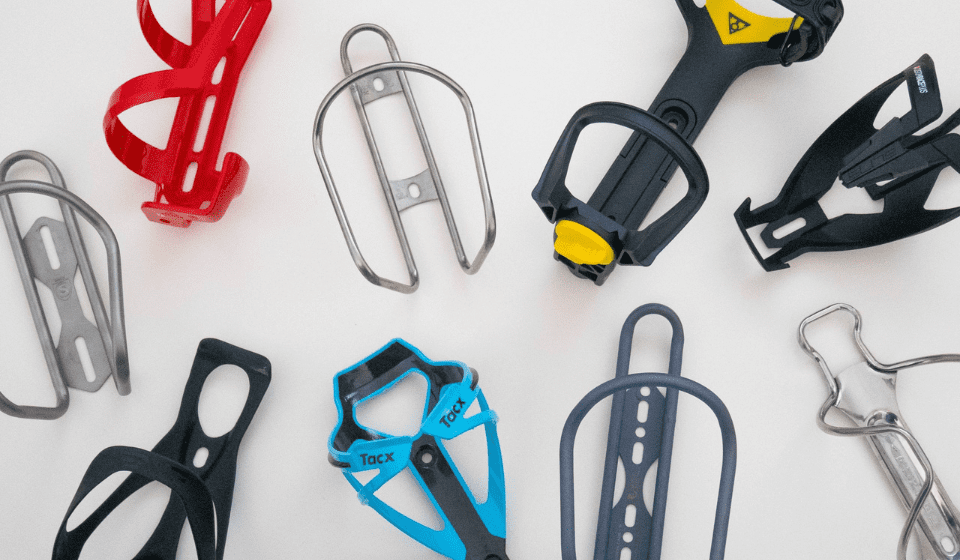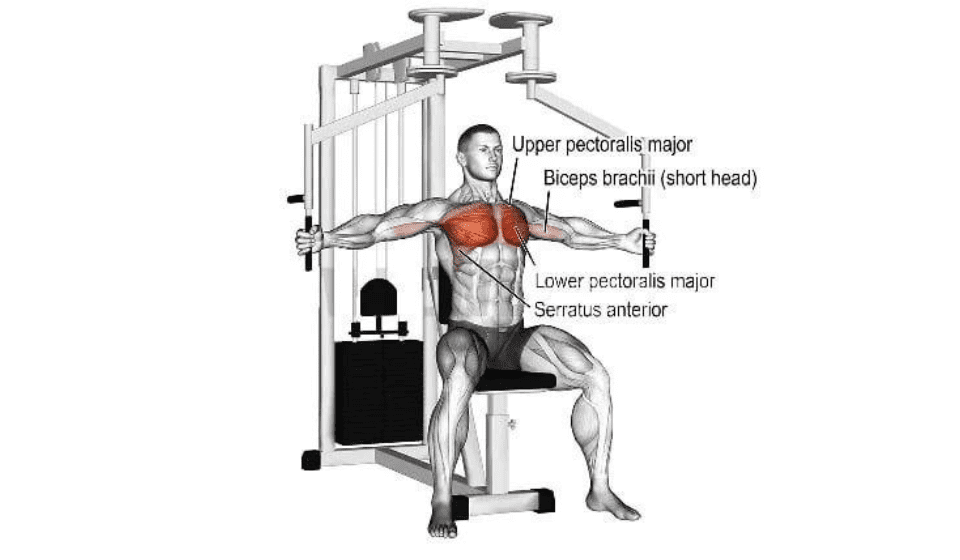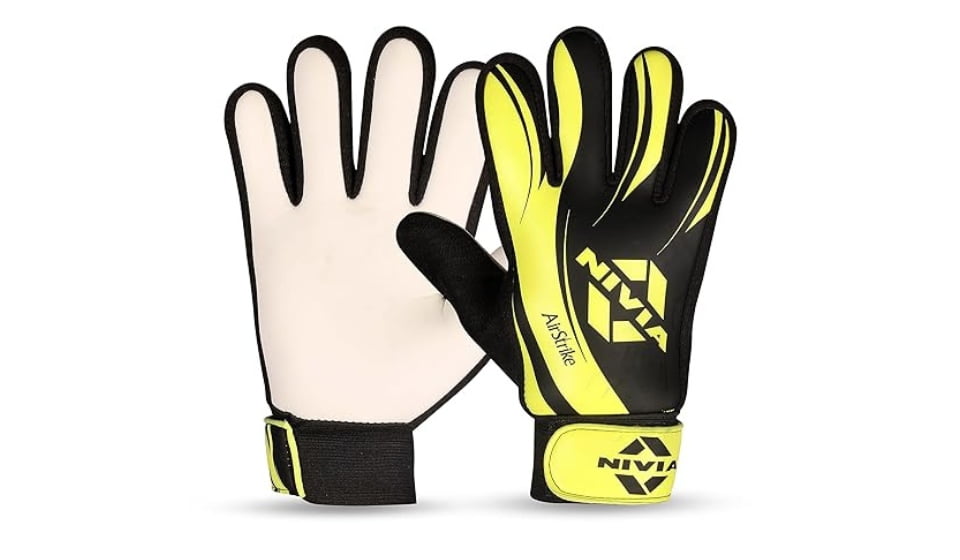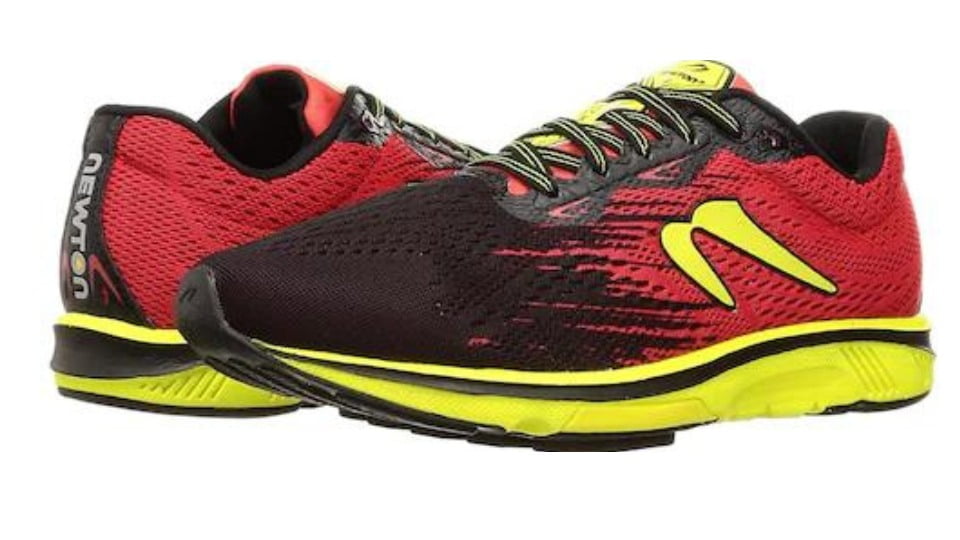10 Best Tennis Training Aids for Tennis Coaches & Players

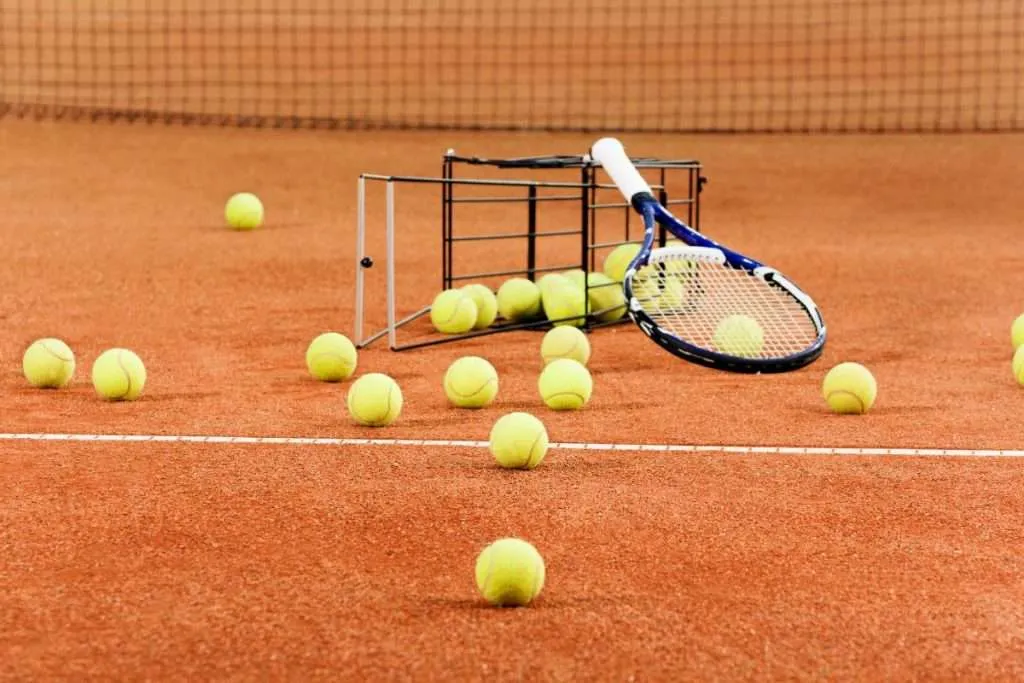
Tennis players are aware that practice is necessary to raise their level of play. However, practicing doesn’t have to be monotonous; in fact, there are many entertaining (as well as practical) tools you may use to enhance your abilities. We’ll look at some of the top tennis training aids available in this blog post. Stay tuned; practicing will be a lot more pleasurable by the conclusion of this post, we guarantee!
What Are Tennis Training Aids?
Tennis training aids assist us in forming virtuous habits and learning new skills. This is why I like to call them guiding systems.
Training help may be beneficial for our mobility and footwork, skill and swinging trajectory, or tactics and strategy. As determined by tennis teachers throughout the many years of our sport, when combined with coaching, they help us play better, wiser, and injury-free.
Here are a few suggestions for training materials or navigating aids you may not have thought about.
We may make use of a visual guidance system to better grasp what to accomplish and how to perform it. For instance, a basic yet effective training tool for players of all skill levels is a huge target to hit in tennis, such as the service box for a beginner or the numbered cones.
Any information we gather via physical contact is referred to as a kinaesthetic, or sensation, guiding system. The Start Rite Grip Trainer could be used as an illustration by tennis players. As soon as your hand touches the racquet, you can determine where your grip should be and how it will feel to swing with that grip.
Why are Tennis Training Aids Important?
There is an overarching principle in tennis. Every player aspires to play more skillfully!
The problem is that we all eventually hit a wall or start playing tennis matches against players of a higher caliber. It may be your forehand alone, or it might be something with your entire game. A technical, physical, mental, or a combination of constraints is the cause of this performance level stagnation.
It’s important to remember that 98% of tennis players learn best in an environment and with materials that cater to their visual and tactile learning preferences.
It’s also interesting to note that tennis instructors and coaches use words to teach around 90% of their lessons, which is an auditory method of learning.
Sports coaching and instruction don’t work well with this kind of learning approach.
Tennis players who use training tools that employ kinesthetic (feeling) and visual (seeing) teaching approaches can pick up the sport more rapidly.
The Evolution of Tennis Training Aids
Since the sport’s infancy, tennis training tools have advanced significantly. At first, players were only able to improve their talents by improvised means and their innate ability. However, a variety of training tools have been created to accommodate players of various skill levels because of developments in technology and sports science.
- Stroke mechanics improvement
- Improvement of Speed and Footwork
- Increasing serve accuracy
- Increasing power and stamina
- Reaction time improvement
- Improvement of Mental Toughness
Training Resources’ Complicatedness and Burden
Tennis players’ routines are made more complex and hurried by training aids. Practice sessions are kept interesting and unpredictable by adding variation and unpredictability. With more diversity, players are more likely to remain interested in and motivated to practice, which ultimately produces greater outcomes.




